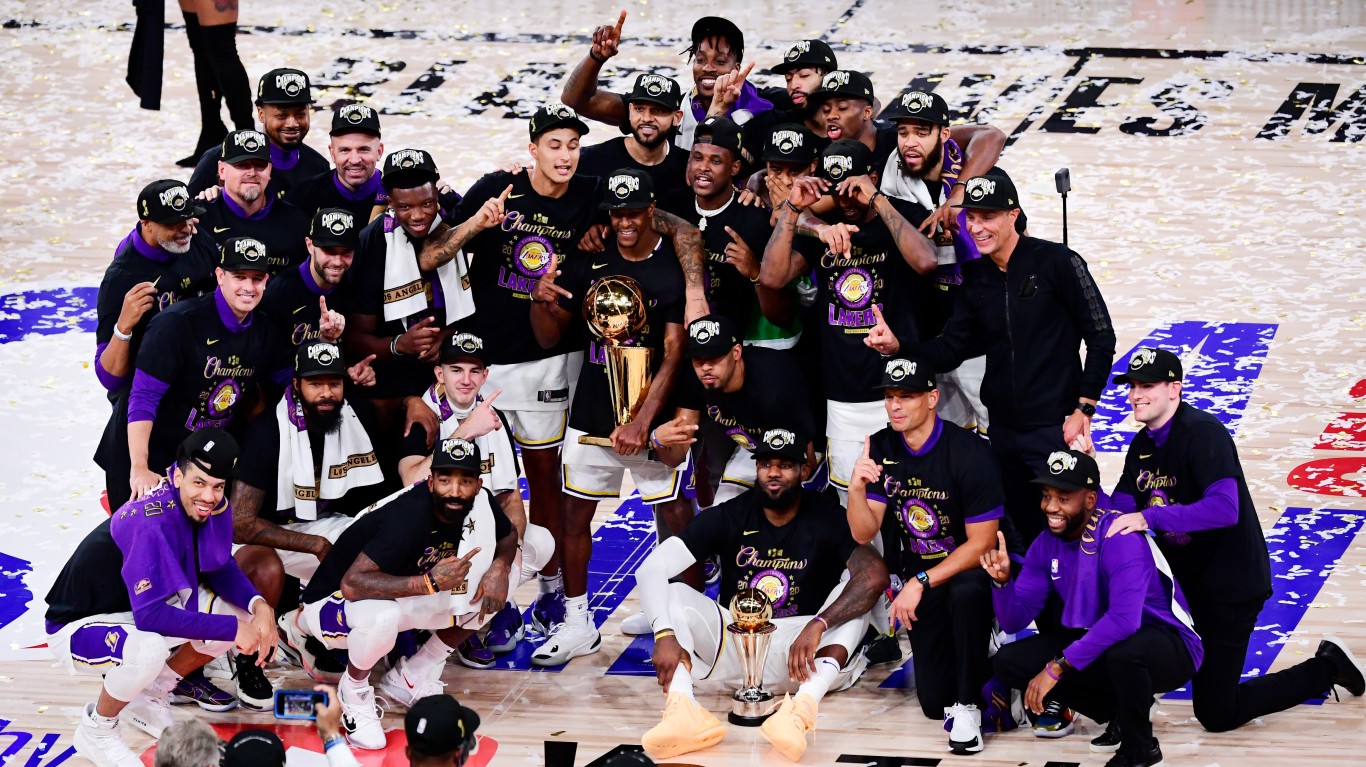
It seems impossible to think that a wholesome legacy entertainment company that has thrilled audiences, especially children for years, could get the “Bud Light treatment, but such has been the penance for the Walt Disney Company over the last year. Everything from “wokeness” in movies to huge streaming losses has plagued the company. From the high in February of 2023 of $118.18 to the current Tuesday closing price of $83.51, the shares have dropped a stunning 30%. That after a 44% decline in 2022, the biggest for the stock since 1974.
The Tuesday close was near the lowest trading level for the shares since 2014, and the problems that drove former CEO Bob Iger to return to the firm in November of 2022 are monumental. Mr. Iger came back to replace CEO Bob Chapek whose tenure was marked with numerous missteps that resulted in the loss of confidence from Wall Street, Disney executives, and employees.
While the return of Bob Iger seems to have halted the huge downdraft, the problems are many, and the solutions just are not as simple as they were 20 years ago when the company was a dominant factor in so many areas of the entertainment world. We highlight seven top reasons investors should steer clear of the “House of Mouse”.
Theme park attendance has plunged

Once the mainstay of the Disney franchise, attendance at the major theme parks has stagnated. The week after Easter kicked off the slowest six-week stretch at Walt Disney World Since 2021. In addition, after claiming attendance declines were a “one-off” the company announced that “decreases in occupied room nights and attendance” at its Orlando outpost during the third quarter of 2023 were partly responsible for a reduction in operating income across its entire domestic park operations.
Disney movies were the big summer loser

The company had a dreadful summer at the box office. While the Little Mermaid made $561 million, production costs were $250 million, and overall costs likely pushed the breakeven point to $625 million. Pixar’s Elemental likely just broke even. Indiana Jones & The Dial of Destiny was a disaster making only $356 million on a $300 million budget indicates the film could have lost hundreds of millions of dollars.
Disney+ has also been a big loser

Expected to be a huge moneymaker given the extensive back catalog Disney has, the streaming service has been a money-losing proposition since it was launched four years ago. In the recent quarter, streaming losses came in at a stunning $512 million, and are not expected to make money until some point in 2024.
Hulu is also starting to roll over

After exploding between 2017 and 2021 the popular streaming service grew from 17 million subscribers to 45 million. Cutting the price of the entry-level tier in 2019 added 12 million alone. Those days are over as content issues, price increases, and good old competition have changed the landscape. In addition, Disney must buy Comcast’s one-third stake next year and may have to come up with $10 billion to own 100% of Hulu.
ABC is making money but viewership is dropping

Since Disney bought the ABC television in 1996 there has been a profound shift in viewership as most consumers now under 50 use streaming services. While the legacy TV network still makes money, and its eight TV stations based in such major markets as Los Angeles, New York, San Francisco, and Chicago are solid, CEO Iger hinted this summer that he may be willing to spin off the stations. ABC’s biggest value remains the 80% stake in ESPN.
Will Disney have to sell all or part of ESPN?

For years ESPN was the proverbial cash cow that kept the money flowing in, but with declining viewership and rising cable cancellations, it appears that Disney and Bob Iger may be willing to sell part of the sports programming giant. While Iger wants to retain a majority stake, some executives at the company would consider a full spin-off if the right deal can’t be cut. Declining revenues at ESPN could become a sword of Damocles to overall corporate earnings.
TV customers are cutting the cord every year

The steady loss of pay TV customers cutting the cord, which totals about 7% a year, is also threatening the retransmission fees ABC receives from cable and satellite companies that carry its stations. The network has been relying on those fee increases to keep the pay-TV revenue growing, but the decline in customers will eventually cut into that cash flow. Back in July, Neilson rating data showed the number of viewers watching broadcast and cable channels dropped below 50% for the first time.
Wall Street still believes in the stock

While the shares have been on a long slow ride lower, Wall Street equity analysts are still very bullish. Of the 25 analyst ratings we could source there are 20 Buy ratings, 4 Hold or Neutral ratings, and just 1 Sell rating. The consensus price target is set at $111.40 which would be a solid 33% higher from current levels.
While Disney will still be around years from now, the changing landscape in media, the skyrocketing prices at theme parks, and the inevitable changes to streaming from broadcast and cable will be agents of huge change at the company and may take years to be resolved.
Get Ready To Retire (Sponsored)
Start by taking a quick retirement quiz from SmartAsset that will match you with up to 3 financial advisors that serve your area and beyond in 5 minutes, or less.
Each advisor has been vetted by SmartAsset and is held to a fiduciary standard to act in your best interests.
Here’s how it works:
1. Answer SmartAsset advisor match quiz
2. Review your pre-screened matches at your leisure. Check out the advisors’ profiles.
3. Speak with advisors at no cost to you. Have an introductory call on the phone or introduction in person and choose whom to work with in the future
Thank you for reading! Have some feedback for us?
Contact the 24/7 Wall St. editorial team.





